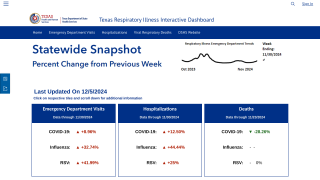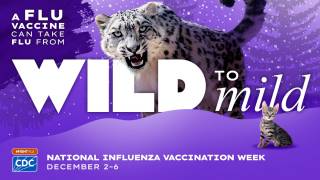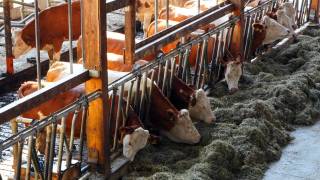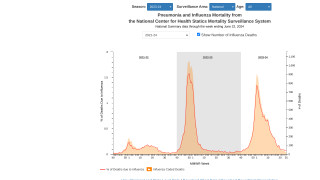mRNA Vaccines Demonstrated an Innovative Approach to Influenza Prevention

A clinical stage biotechnology company pioneering messenger RNA (mRNA) therapeutics and vaccines announced the publication of results from two Phase 1 clinical studies.
These small, randomized, placebo-controlled, double-blind studies showed that mRNA vaccine candidates VAL-339851 and VAL-506440 targeted against H10N8 and H7N9 influenza viruses were well-tolerated and elicited robust immune responses.
H10N8 and H7N9 influenza infections have previously demonstrated high fatality rates, however, neither have an approved vaccine.
Both studies met their primary safety and secondary immunogenicity endpoints, and there were no vaccine-related serious adverse events reported.
These positive results support the potential of the mRNA-based vaccine to quickly and effectively address pandemic influenza strains, said Moderna, Inc., in a press release.
Mike Watson, senior vice president at Moderna and a study co-author said, “These Phase 1 data highlight the potential of Moderna’s mRNA platform to demonstrate similar or better immunogenicity than existing vaccines, which can be rapidly produced in a multi-use facility.”
In the H10N8 study:
- 201 healthy volunteers aged 18 to 64 years received two doses of VAL-506440 vaccine or placebo three weeks apart, intramuscularly (IM) at dose levels from 25 μg to 400 μg, or intradermally (ID) at dose levels of 25 μg or 50 μg. The 100 μg IM dose induced seroprotective immunity of hemagglutination inhibition (HAI) ≥ 1:40 in 100 percent of participants and microneutralization (MN) titers ≥ 1:20 in 87 percent of participants. The 25 μg ID dose induced HAI titers ≥ 1:40 in 64.7 percent of participants compared to 34.5 percent of participants receiving the IM dose. HAI titers of 1:40 and MN titers of 1:20 are expected to be protective in seasonal flu vaccines.
- H10N8 avian influenza first breached the avian-human species barrier in 2013 and was fatal in 2 of the 3 three persons infected. No additional H10N8 human infections have been reported, but the virus has a high affinity for the human receptor, and mutated strains with increased virulence are a significant concern.
In the H7N9 study:
- 156 healthy volunteers aged 18 to 49 years received two doses of VAL-339851 vaccine or placebo three weeks apart (IM) at dose levels of 10 μg, 25 μg, and 50 μg. A small subgroup also received two doses of 25 μg or 50 μg IM six months apart. IM doses of 10 μg, 25 μg, and 50 μg achieved HAI titers ≥ 1:40 in 36 percent, 96.3 percent and 89.7 percent of participants, respectively. MN titers ≥ 1:20 were achieved by 100 percent in the 10 μg and 25 μg groups and by 96.6 percent in the 50 μg group.
- Also in 2013, the first human H7N9 infections were reported in China, with a fatality rate of 37%. Since 2013, five waves of H7N9 outbreaks have caused over 1500 documented infections and more than 600 deaths.
Future development of Moderna’s pandemic influenza program is contingent on government or other grant funding.
This is the 3rd peer-reviewed publication of human data using Moderna mRNA technology.
In the past three years, Moderna and collaborators have published more than 25 peer-reviewed papers, with 12 distributed in 2018.
The mRNA vaccines and therapeutics market segment was recently forecasted to grow at a compound annual growth rate of 50 percent.
Moderna is advancing messenger RNA (mRNA) science to create a new class of transformative medicines for patients.
mRNA medicines are designed to direct the body’s cells to produce intracellular, membrane or secreted proteins, that can have a therapeutic or preventive benefit and have the potential to address a broad spectrum of diseases.
Our Trust Standards: Medical Advisory Committee
- Moderna Announces Publication of Phase 1 Data for mRNA Vaccines Against Two Potential Pandemic Influenza Strains
- mRNA vaccines against H10N8 and H7N9 influenza viruses of pandemic potential are immunogenic and well tolerated in healthy adult
- Translation: DNA to mRNA to Protein
- mRNA Vaccines: Disruptive Innovation in Vaccination

























